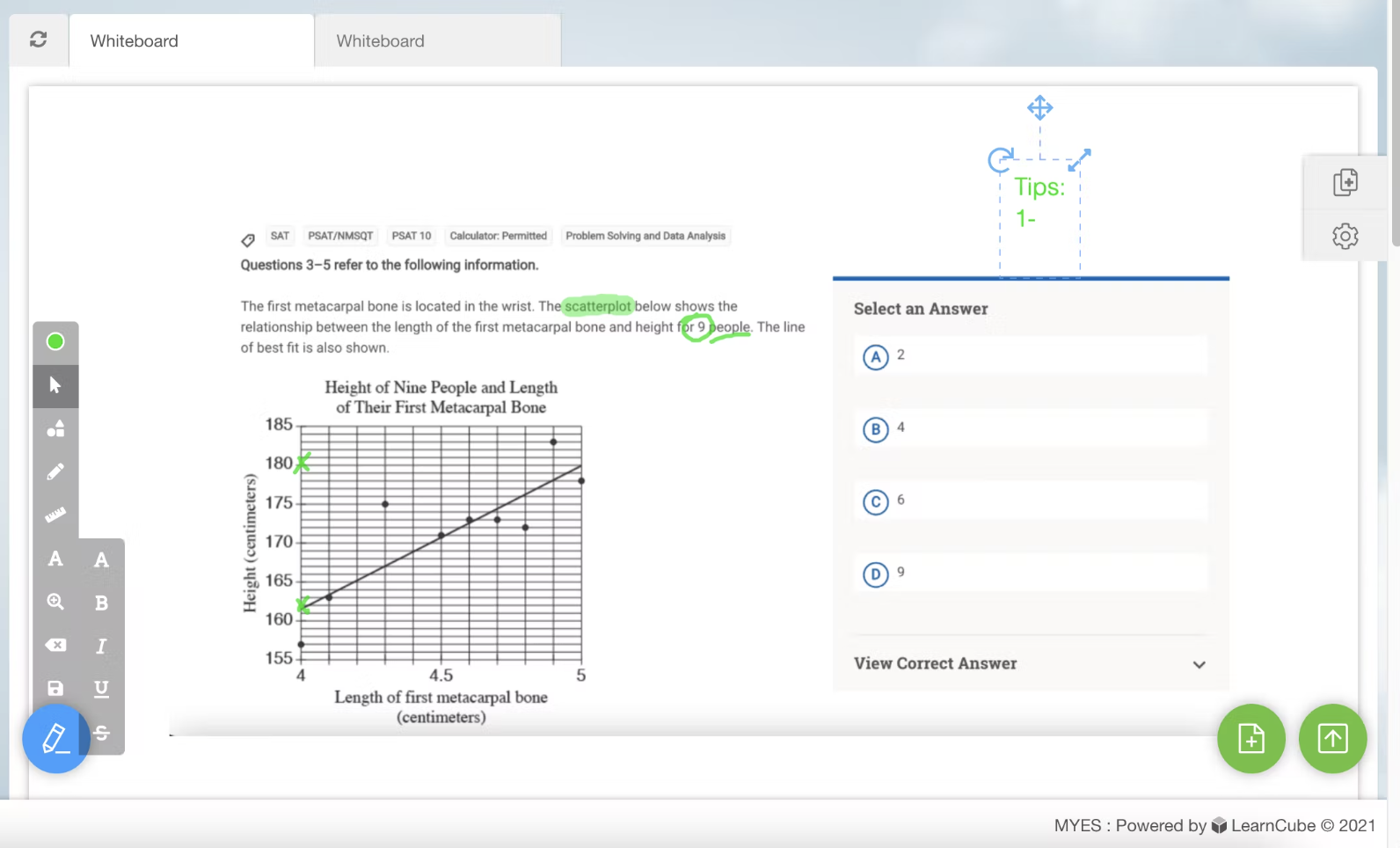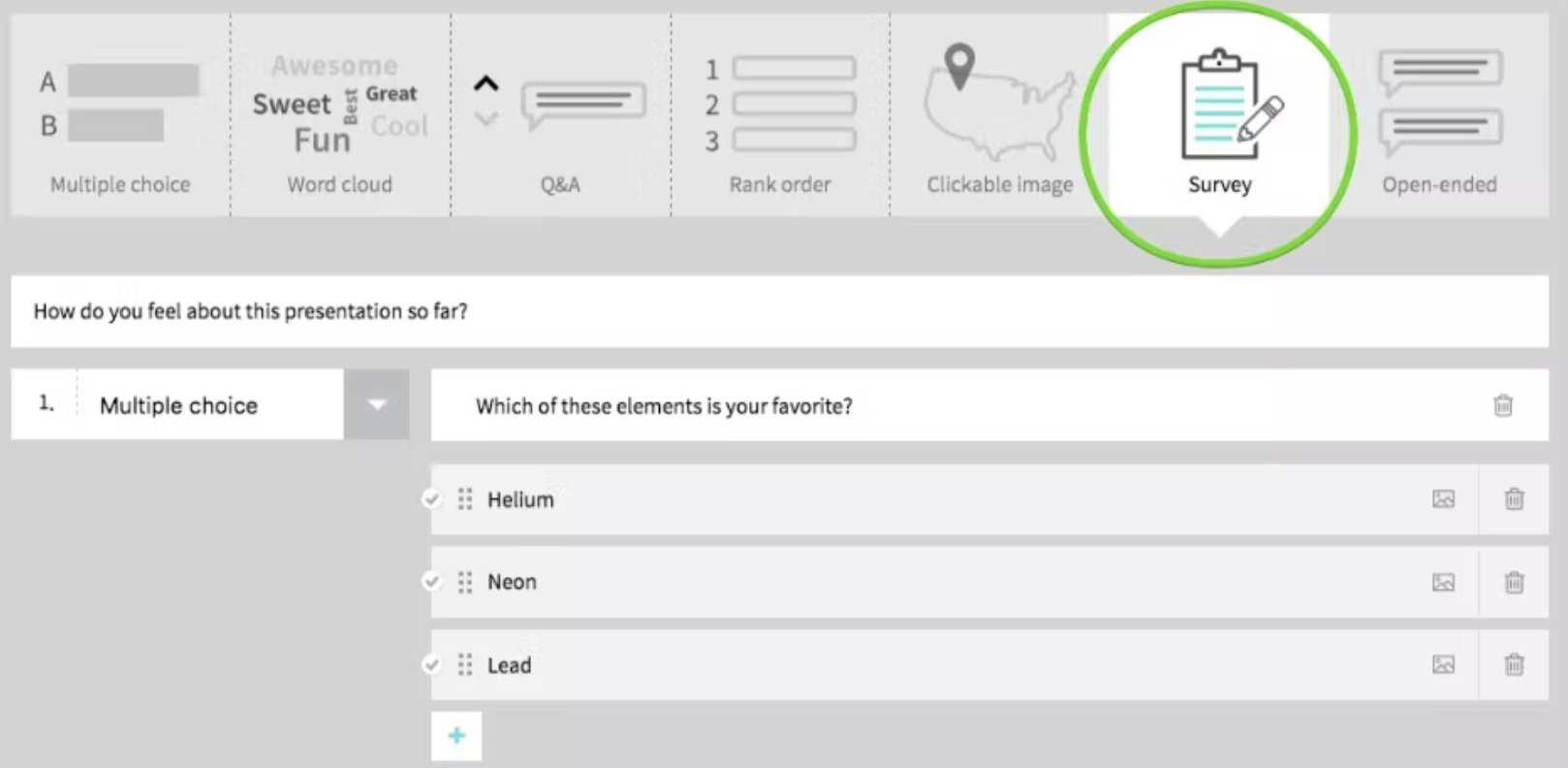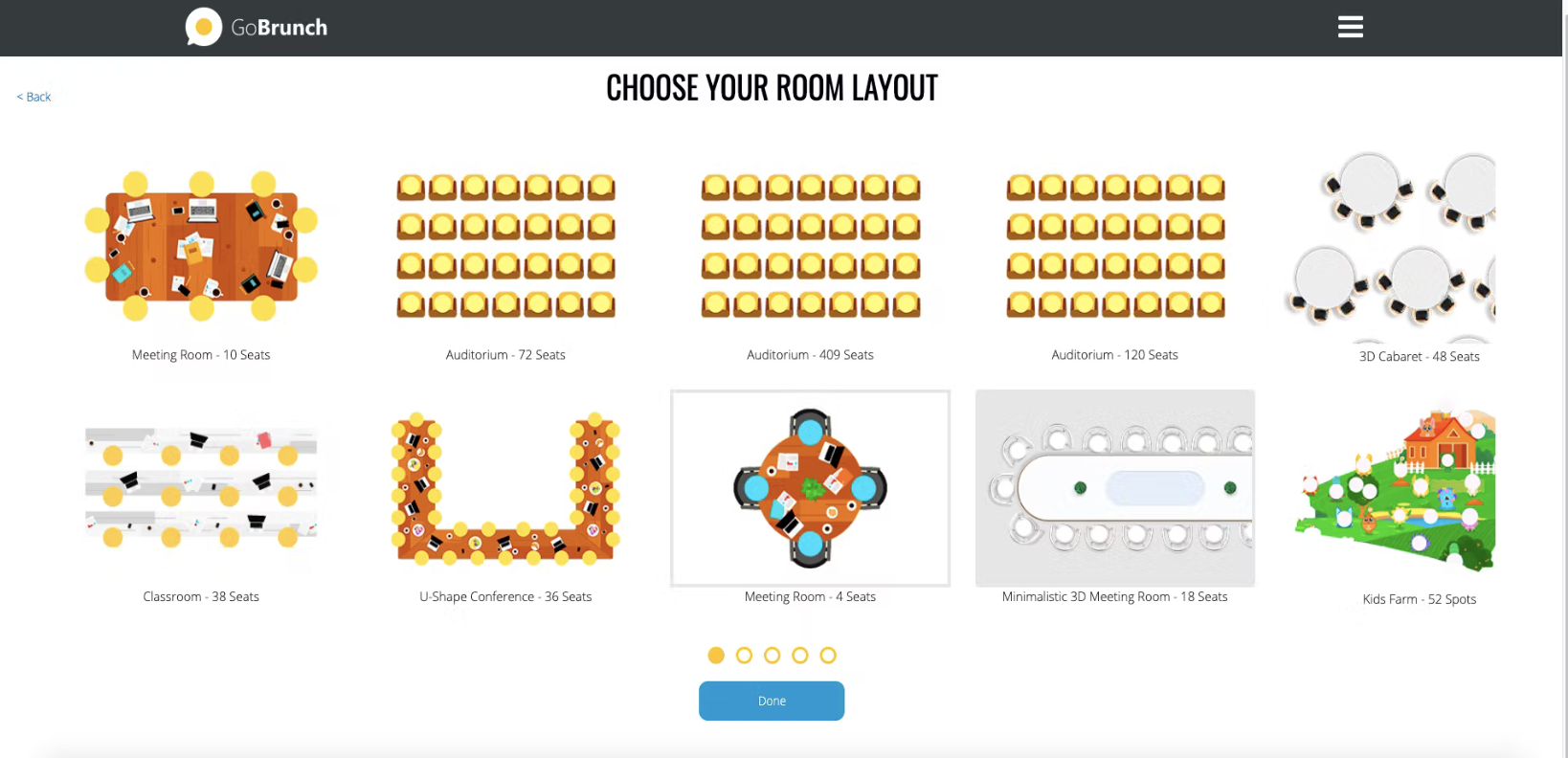3 Synchronous Learning Examples to Keep Students Engaged
The sudden shift to remote learning using learning management systems (LMS) forced many learning institutions and educators to rapidly adjust to meet students’ needs. What might have worked in a traditional, in-person classroom won’t work in an online classroom, so course designers and educators needed to have a greater understanding of what types of synchronous learning worked best for their students.
Instructors and educational institutions must be more intentional about the types of synchronous learning they use so that their students remain engaged and active during online classes. If you’re a course designer struggling to come up with unique, engaging lessons for students, we’ve got you covered with a few synchronous activities that work wonders for online classrooms.
By the end of this article, you’ll understand why designing distance learning courses and lessons with these synchronous learning elements will keep your students engaged and lead to better learning outcomes.
The 3 different types of synchronous learning we’ll be going over include:
Focusing on active learning over passive learning
Asking targeted, deliberate questions about the material
Using small group breakout sessions to help develop camaraderie between students
Synchronous vs. asynchronous elearning: What’s the difference?
It’s important to know the difference between synchronous and asynchronous learning before learning about the different types of online synchronous learning. This will help you understand whether or not to include only synchronous or asynchronous learning methods, or meet somewhere in between with an online course designed around blended learning.
What is synchronous learning?
Synchronous learning is real-time learning where students and an instructor gather together at a set time and place. It’s what most people think of when they think of school or class and has been the go-to type of instruction for nearly the entirety of education. Synchronous learning can include online classes as well.
What is asynchronous learning?
Asynchronous learning is a term used to describe forms of education, instruction, and online learning that do not occur in the same place or at the same time. Previously called distance learning or asynchronous training, asynchronous learning has been around since the early 1900s and was done via the postal service.
Need a breakdown of the pros and cons between synchronous and asynchronous learning? We got you covered. Check out Distance Learning: Asynchronous vs. Synchronous Learning to get a complete overview of the benefits.
Avoid overdoing passive learning in online synchronous lessons
Traditional synchronous learning methods involve passive learning, sometimes referred to as “chalk and talk” or “the banking model of education,” where a learner sits quietly and receives information from the instructor. In passive learning, students have very little involvement because it’s teacher-focused.
Passive learning assumes the teacher is a master of their subject and their job is to deposit knowledge on to their students who then internalize and remember the information. This is why the most common passive learning methods involve little student communication and can include lectures, direct instruction, watching videos, assigned readings, and storytelling.
This isn’t to say that passive learning shouldn’t be used; some students prefer and learn best in a passive environment. But synchronous online learning requires a different approach which is why understanding the downfalls of passive learning are important. In synchronous online classrooms, you want to spend more time using active learning to keep your students engaged.
Instead of focusing solely on lectures, be intentional about the time you spend talking to your students. Keep the lecture short and guide your students into developing questions about the material.
Example in practice:
In a 50-minute online class, spend 10-15 minutes on the lecture and devote 20-25 minutes in smaller breakout groups where students can discuss required readings.
It’s helpful if you have pre-planned questions, have students participate in discussion boards as homework prior to attending the class, or use virtual whiteboards to get students inspired.
The remaining time left in the class should be spent back together so students can discuss any discoveries or interesting topics covered during breakout sessions.

Learncube’s virtual whiteboard where students can annotate and interact with lessons (Source)
For more information about what virtual classroom software can do to enhance your online classroom, we’ve got you covered with everything you need to know.
Ask questions to stimulate discussion to keep students engaged
It requires effort and work to make sure your synchronous online classroom is active and engaging, and asking questions is one of the best ways to accomplish that.
It’s likely that your students are accustomed to the traditional classroom and have been conditioned to sit passively while you teach. On the first class day, impress upon your students the importance of active participation. Make sure that they are aware how important it is to be actively engaged and that every learner is required to participate multiple times throughout the course.
Don’t rely on your students to ask you questions about the course material. As an instructor, you need to develop questions that provoke discussion prior to the class starting. If you set the example early on that questions are a necessary part of the synchronous learning experience, your students will naturally become less passive and more engaged in your lessons.
If possible, avoid asking these questions because they do not encourage further discussion and signal to your students that you’re done with the topic:
Any questions?
Does everyone understand?
Yes or no questions
Example in practice:
Assign your students required, asynchronous learning materials before the next class. Use polling software to set up a yes or no poll to ask students if they understand the required materials. During your lecture, pause to ask a student on the list of respondents a question you prepared in order to stimulate discussion.

Poll Everywhere’s poll creation tool (Source)
Use small group discussions to develop critical thinking skills and camaraderie between students
Another way to ensure your synchronous online learning is active and engaging is to break up your students into small groups. A dedicated space where students and instructors can meet to have synchronous communication about the learning material develops a sense of companionship and can foster an environment conducive to virtual learning.
One of the greatest benefits of synchronous learning is the ability for students to have social interactions that form bonds between each other that you don’t get with asynchronous learning. In fact, a recent survey found that 84% of students preferred synchronous learning over asynchronous learning because of its more immersive and social qualities.
In small groups, peers are able to discuss complex material together in order to gain a better understanding in real-time. Plus, instructors have a greater finger on the pulse to know what they need to focus on in future lessons.
These breakout groups are a great place for students to work through the material together without having to worry about being judged by their fellow learners or even the instructor. As long as you condition your students to understand that open, honest discussion is acceptable and crucial to their success, you’ll be shocked to discover how open your students can be.
Example in practice:
In an ideal world, your students have come to class having read the required material, participated in the asynchronous learning online forum discussion, and have listened to your short lecture.
Each student should have an opinion and position about the material they’re willing (and who knows, maybe eager) to talk about.
Remember: It’s important to give your students space to talk through the material with each other, but it’s equally important that you’re available to answer any questions.

GoBrunch’s small group classroom layouts (Source)
If you want more information about the different types of asynchronous learning methods you can use to prep your students, check out 3 Asynchronous Learning Examples You Could Be Using Right Now
Active synchronous learning is important for any distance education
When teaching online courses, it’s crucial to remember that the type of synchronous learning that works in a traditional classroom often won’t in a virtual classroom. That’s why it’s important for course designers and instructors to plan their online classroom lessons around active learning. Keep students engaged by asking questions, requiring participation, and encouraging working together with their classmates.
Remote learning isn’t easy, but with the right approach, you and your students will have a successful course.